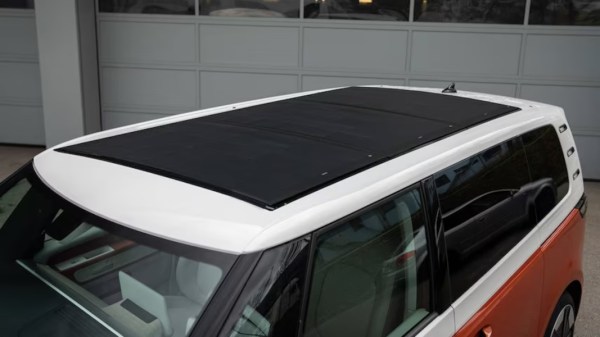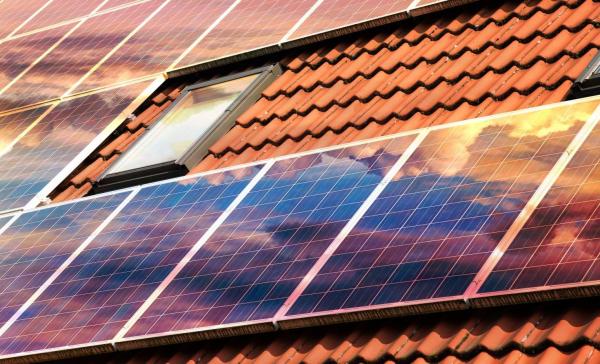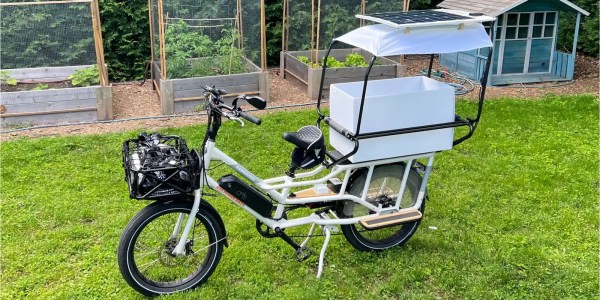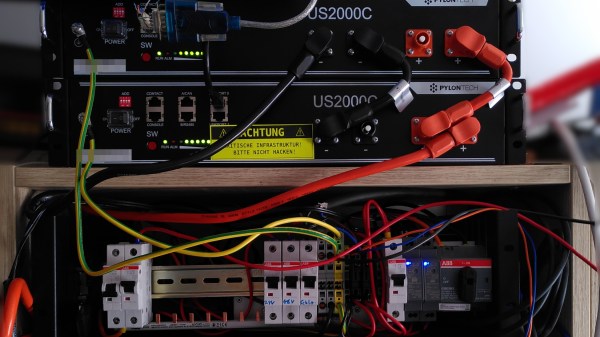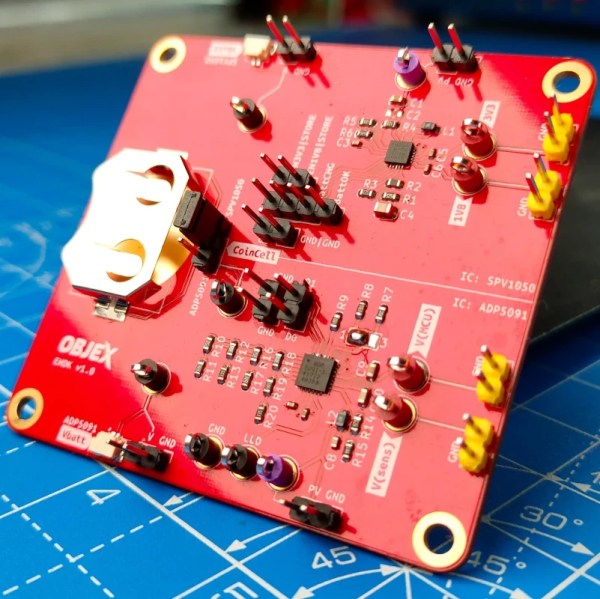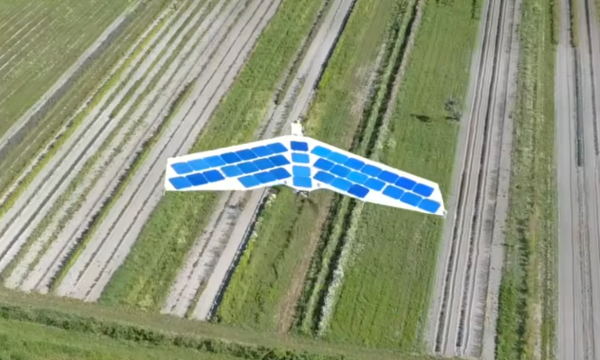Volkswagen has continually teased the release of a new Microbus in the same way that Duke Nukem Forever strung us all along in the 00s, but unlike the fated video game it seems as though Volkswagen is finally building a hip new van rather than continually teasing its release year after year. With the clunky name of I.D. Buzz, European drivers can expect to see them later this year while those in the North American market will have to wait until 2024. That release will have a camper-equipped option though, but you may also want to equip yours with some solar panels as well.
The German tuning shop ABT is behind this design, which adds 600 watts of solar fixed to the top of the van. The solar roof will generate electricity largely to power the van’s auxiliary systems and is being aimed at those who are looking to outfit this van as a camper and need something to power things like refrigerators, interior lighting, and various electronics while on extended stays. There is also some mention of a 1000 watt option but with the limited space available on the roof may involve a side panel of some sort.
ABT is also noting that this system can be used to extend the driving range and, while technically true, don’t expect to be driving an I.D. Buzz on entirely solar power unless you’re willing to let it sit to charge the battery for days at a time. Like other solar installations on vehicles we’ve seen from various ingenious builders, the lack of real estate available on passenger vehicles limits their use largely to auxiliary electrical loads, but it can be possible to drive a vehicle on solar energy alone with the right design.

